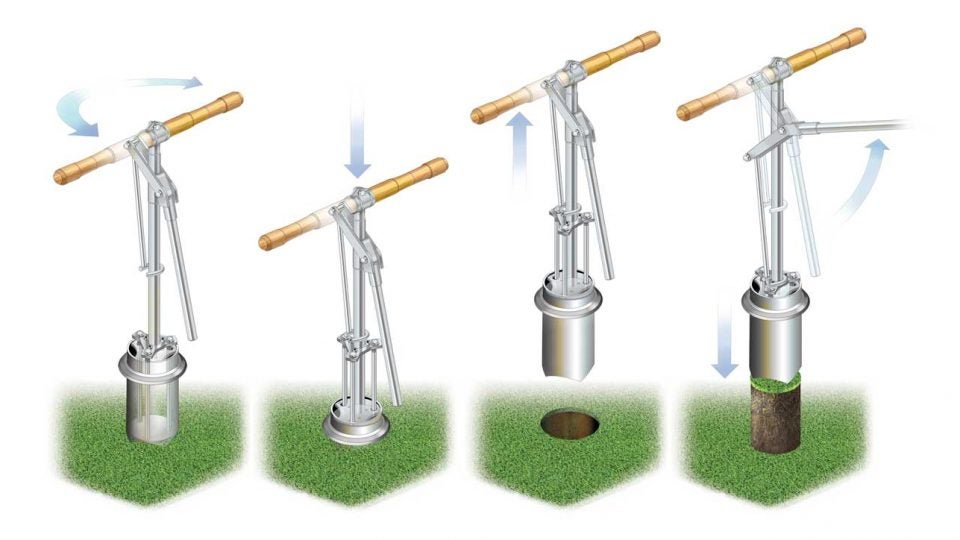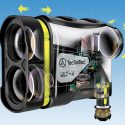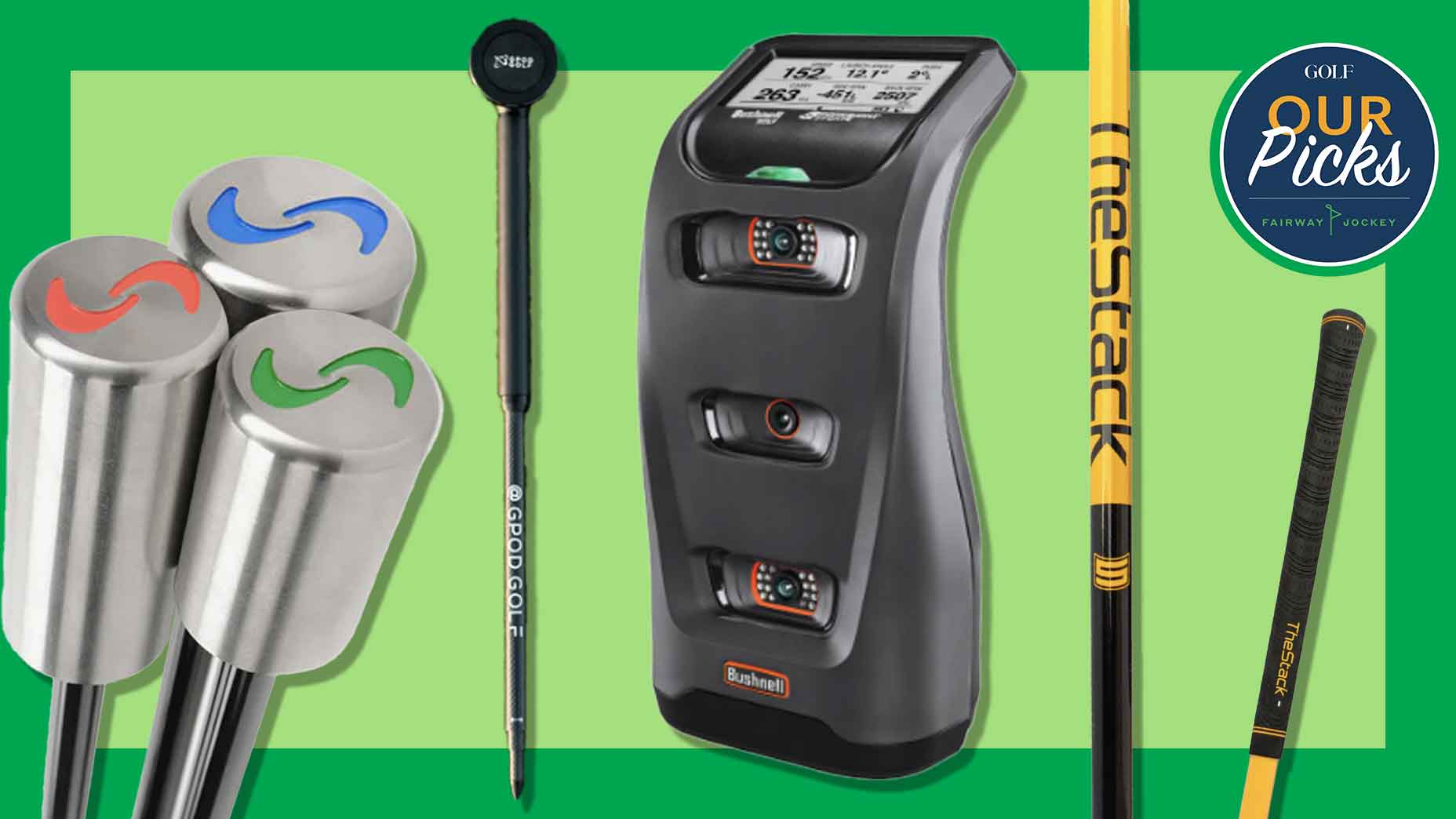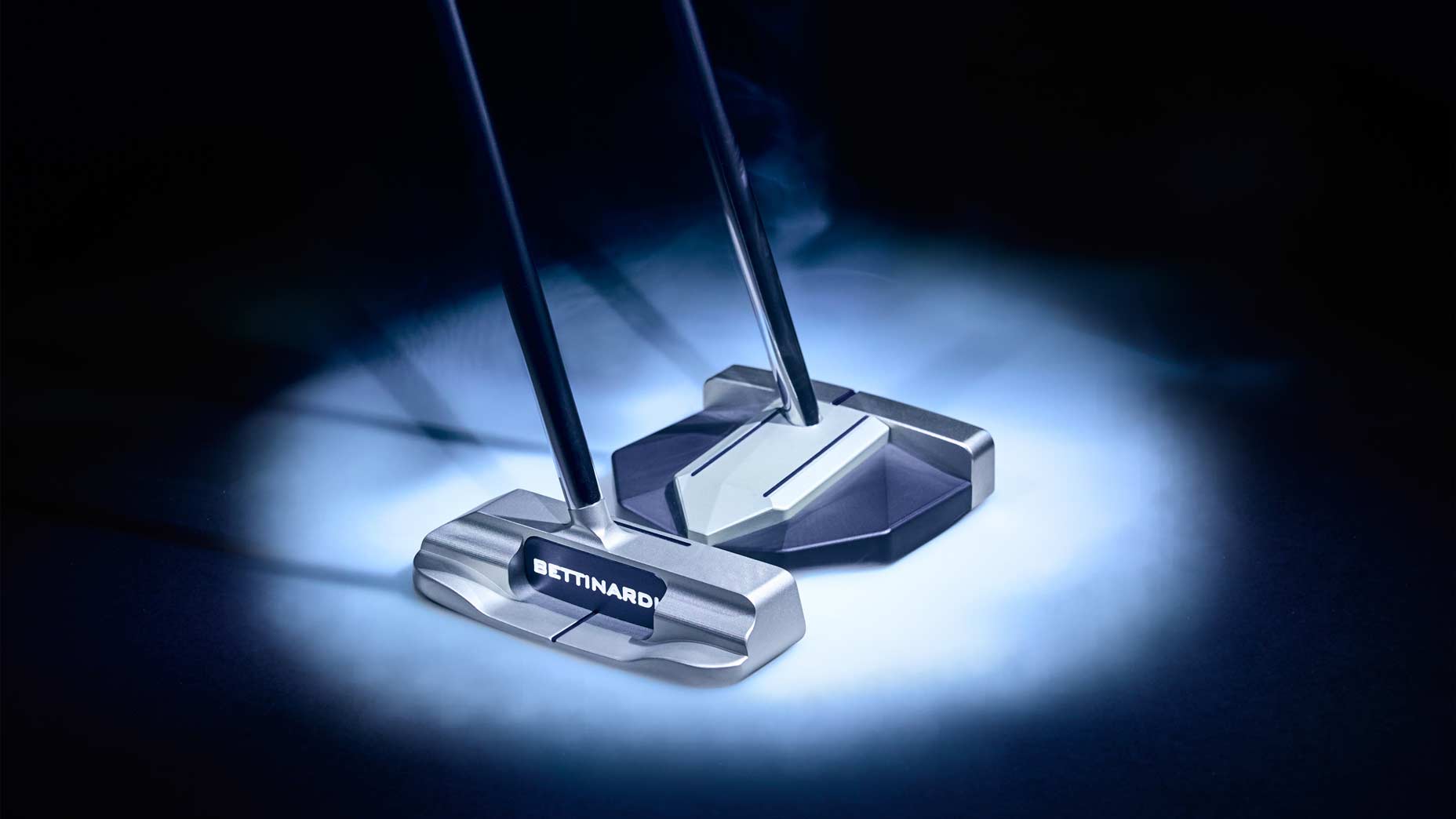 Asher golf gloves limited-time deal: Buy 2, get 1 free
Asher golf gloves limited-time deal: Buy 2, get 1 free
How It Works: A hole cutter precisely places pin positions and deftly replaces plugs

In its simplest form, golf can be reduced to two elements: a ball and a hole. The former is purchased. The latter, it turns out, requires hours of tedium each day. A finely tuned art form executed at dawn.
Steve Rabideau and his team at Winged Foot GC in Mamaroneck, N.Y. spend roughly 10 minutes per green perfecting this changeover. So the next time you’re perturbed about the hole location, or feel like griping about the lack of green to work with or the woebegone putt that skirts the edge, please recall the loving care that went into that 4.25-inch target. And maybe keep your head still next time.
Here’s everything you need to know about how a hole cutter works.
The pin location is far from random. Rather, it’s a calculated decision based on course conditions and previous selections. At Winged Foot, Rabideau emphasizes a configuration of 6-6-6 in 18 holes (six pins in the front, six in the middle and six in the back). Doing so assures that the course plays true to its listed distance.
ADVERTISEMENT
The wooden nozzle pushes the sharp cylinder through the grass, pristinely pulling the spherical mass from the ground. A quick, decisive swivel will do the trick, instantly nabbing the plug where the hole now sits. The leveler on top of the cutter assures that the cup is placed on flat ground, avoiding (as best as possible) any future complaints about slanted pin placements. The stopper in the hole-cutter prevents a guessing-game when it comes to depth (usually between three and four inches). Too shallow and the ball could bounce out. Too deep and you’re reaching down a black hole. This standard depth also keeps the green level in the area that will be filled where the old pin stood. If off-kilter, the greens could feature spotty inconsistencies — a pesky fix for any groundskeeper.
Once the cylinder is in place, pulling the wooden handle lifts the mass from the ground. From there, lifting the middle steel handle places the plug into a bucket to be used in replacing the previous hole.
Finally, the new plug is placed into the void where the old pin was, and the hole is filled by lifting the steel handle once again. Each club has its own tactics for assuring a smooth replacement — at Winged Foot, they spray water along the edge and subsequently use a plastic roller to smooth out any blemishes.
To receive GOLF’s all-new newsletters, subscribe for free here.
ADVERTISEMENT






